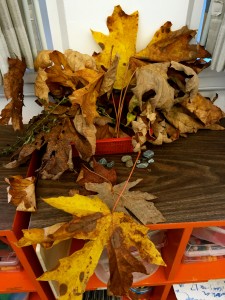Congratulations to the group this week. Liz, Cheryl, Mary and Rob, the lesson was so much fun. Upon first glance, physical and health literacy seems like a hard topic to create a PE lesson plan around, however, you all did a great job incorporating both topics into the lesson. The creativity of the warm-up and cool down was awesome and the instant activity was so much fun as well. All in all it was great to have so much choice and flexibility within the lesson.
I never really thought about health and physical literacy before this course. These concepts are an integral part of the foundation of physical education and life as well. It is clear that health literacy has a symbiotic relationship with physical literacy. Being a balanced person and understanding how to be literate and take care of one’s own self is important for children to understand. Physical education is no longer just about sport but about the child or person as a whole. Health literacy encompasses more than I thought and learning about the many aspects of health literacy was enlightening. The lesson made me take into consideration how literate I am in both health and physical literacy and how I can change that.

